ORA Planning [1] Audit Planning
Operational Resilience Audit Planning Step
Audit Planning
 |
 |
 |
 |
 |
 |
 |
Please feel free to send us a note if you have any of these questions. |
 |
Posts about:
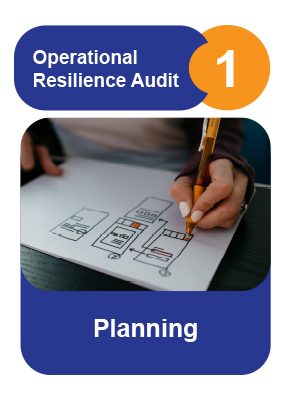
 |
 |
 |
 |
 |
 |
 |
Please feel free to send us a note if you have any of these questions. |
 |
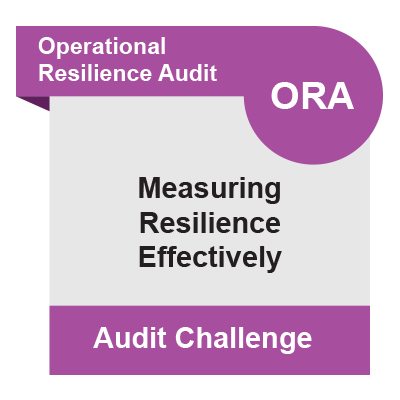
 |
 |
 |
 |
 |
 |
 |
Please feel free to send us a note if you have any of these questions. |
 |
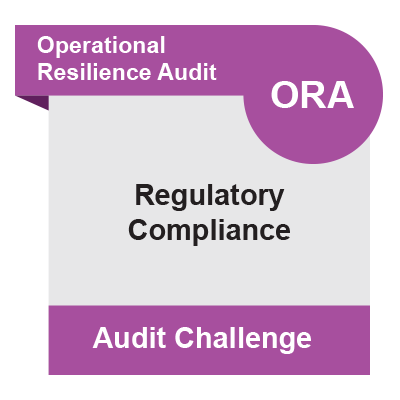
|
What challenges do auditors face when conducting an operational resilience audit in a "Regulatory Compliance"? Auditors must ensure the organisation maintains resilience and adheres to legal and industry-specific regulations. Navigating regulatory compliance during operational resilience audits presents several challenges for auditors. Diverse Regulatory LandscapeOrganisations often operate in multiple jurisdictions, each with regulations and compliance requirements. Auditors must navigate this diverse landscape, ensuring adherence to various legal frameworks, industry standards, and international regulations. Complexity of Regulatory Changes
Interplay of Regulations
Depth of Compliance Assessment
Documentation and Reporting Burden
Third-Party Compliance
Strategy to Navigate These Challenges
Continuous Monitoring and AdaptationStay updated on regulatory changes and their implications for operational resilience. Implement a system for continuous monitoring to ensure timely adjustments to compliance strategies.
Develop an integrated approach that aligns resilience strategies with various regulatory requirements. This approach should address current regulations and anticipate future compliance needs. Collaboration and ExpertiseEngage with legal experts, compliance officers, and industry specialists to gain insights into complex regulatory requirements and their implications on resilience strategies. Robust Documentation PracticesEstablish comprehensive documentation and reporting procedures that meet compliance requirements and serve as valuable records for auditing and improvement. Third-Party Due DiligenceImplement stringent due diligence processes to ensure third-party compliance with relevant regulations, extending the compliance framework to external entities.
Summing Up ...Addressing these challenges often requires a multidisciplinary approach involving collaboration across various departments, access to updated information, leveraging technological solutions for data analysis, and continuous adaptation to emerging threats. Flexibility and agility in audit methodologies are crucial to assess and enhance an organisation's operational resilience effectively.
Find out more about Blended Learning ORA-5000 [BL-ORA-5] & ORA-300 [BL-ORA-3] |
 |
 |
 |
 |
 |
 |
 |
Please feel free to send us a note if you have any of these questions. |
 |
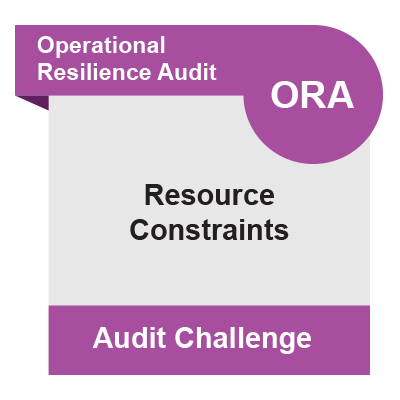
|
Resource constraints can significantly impede auditors during operational resilience audits: Auditors affected by constraints in resources must take the following considerations when conducting the OR audit. Personnel Limitations
Time Constraints
Access to Specialised Tools and Technology
Scope Limitations
Training and Skill Development
Strategy to Mitigate These ChallengesPrioritisation
Collaboration and Partnerships
Efficiency and Optimization
Strategic Resource Allocation
Continuous Improvement
Summing Up ...Addressing these challenges often requires a multidisciplinary approach involving collaboration across various departments, access to updated information, leveraging technological solutions for data analysis, and continuous adaptation to emerging threats. Flexibility and agility in audit methodologies are crucial to assess and enhance an organisation's operational resilience effectively.
Find out more about Blended Learning ORA-5000 [BL-ORA-5] & ORA-300 [BL-ORA-3] |
 |
 |
 |
 |
 |
 |
 |
Please feel free to send us a note if you have any of these questions. |
 |
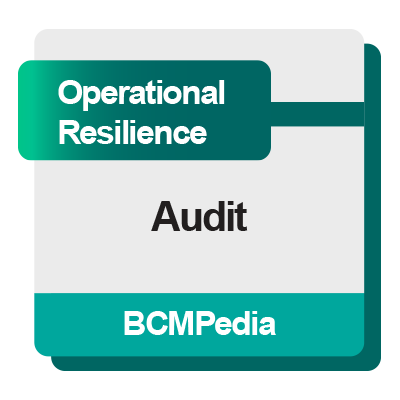
|
Navigating a dynamic risk landscape during an operational resilience audit presents auditors with several formidable challenges: Rapidly Evolving Threat LandscapeThe landscape of risks continually shifts due to emerging threats, technological advancements, and evolving tactics used by malicious actors. New risks like cyberattacks, data breaches, supply chain vulnerabilities, or geopolitical crises constantly emerge, requiring auditors to stay updated and anticipate potential disruptions. Unforeseen Threats and Black Swan EventsSome disruptions, often termed "black swan events," are unforeseen or improbable. These events, such as pandemics, extreme weather incidents, or geopolitical conflicts, can have significant, far-reaching impacts that are challenging to predict or prepare for adequately. Complexity in Risk AssessmentAssessing and quantifying these emerging and evolving risks is challenging. They might need historical data for analysis, making it hard to gauge their potential impact accurately. Understanding the interplay between various risks and their cascading effects further complicates the assessment. Regulatory and Compliance ChangesRegulatory changes, shifts in industry standards, or geopolitical changes can introduce new compliance requirements or alter the risk landscape. Keeping abreast of these changes and assessing their impact on operational resilience adds another layer of complexity to the audit process. Balancing Proactivity and ReactivityAnticipating and preparing for all potential disruptions is an immense challenge. Auditors must balance proactive measures—such as scenario planning and stress testing—and reactive strategies to effectively address unforeseen disruptions. Resource ConstraintsStaying ahead of an ever-evolving risk landscape demands significant resources, including access to specialised expertise, tools for real-time monitoring, and continuous training to keep abreast of new threats. Navigating the Dynamic Risk Landscape as an OR Auditor ...Limited resources constrain the ability to proactively identify and mitigate emerging risks effectively. They must collaborate with industry experts, leverage predictive analytics and threat intelligence, and conduct robust stress tests that simulate disruptive scenarios. Also, fostering a resilient organisational culture can help adapt and respond. Summing Up ...Addressing these challenges often requires a multidisciplinary approach involving collaboration across various departments, access to updated information, leveraging technological solutions for data analysis, and continuous adaptation to emerging threats. Flexibility and agility in audit methodologies are crucial to assess and enhance an organisation's operational resilience effectively.
Find out more about Blended Learning ORA-5000 [BL-ORA-5] & ORA-300 [BL-ORA-3] |
 |
 |
 |
 |
 |
 |
 |
Please feel free to send us a note if you have any of these questions. |
 |